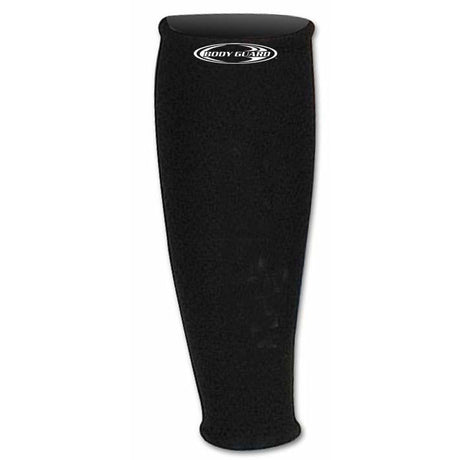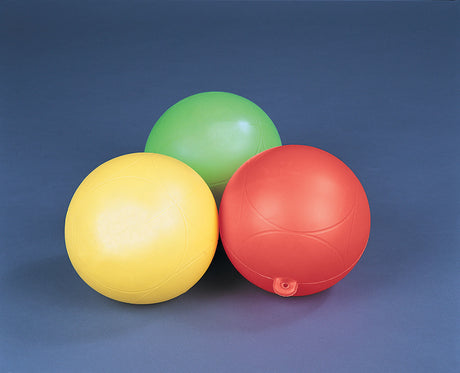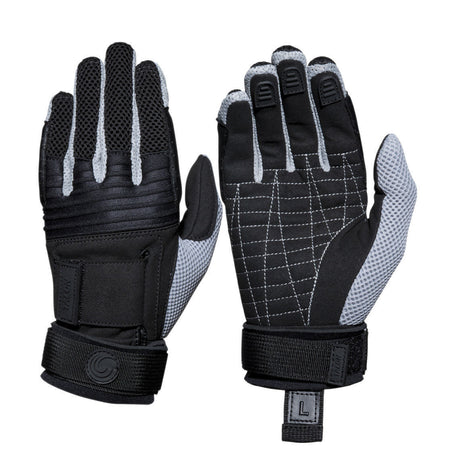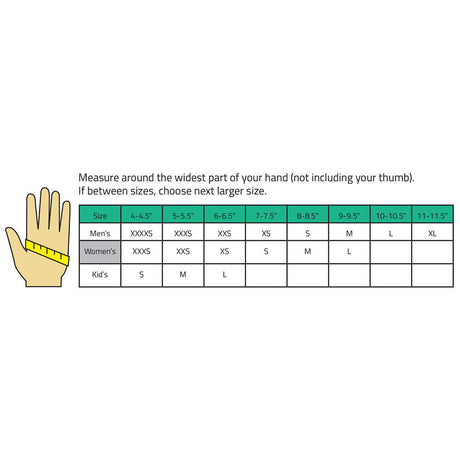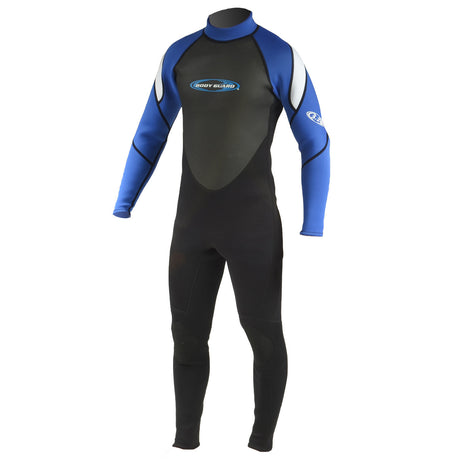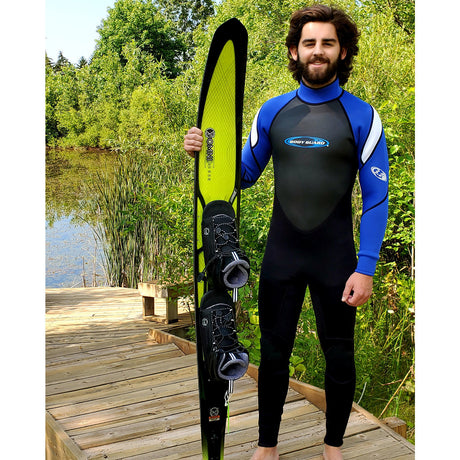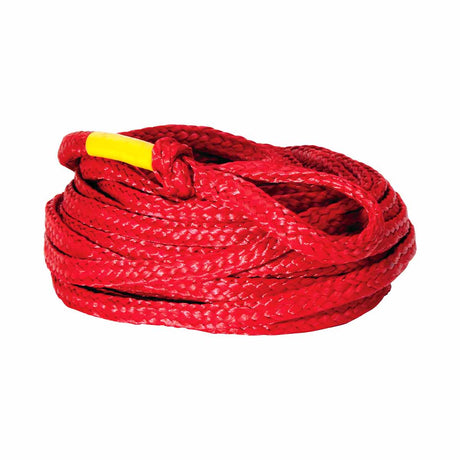The wings -- especially the front wing -- are the most important part of any hydrofoil board. More than any other component, the front wing influences how the board rides and handles. The wrong wing can even make certain riding styles (like kite or wing foiling) nearly impossible.
We briefly touched on wings in our Beginner's Guide to Picking a Hydrofoil, but there's a lot more to cover.
Key Hydrofoil Wing Characteristics
These are the specifications, in order of importance, that you need to consider when picking the front and rear wings for your hydrofoil:
- Surface Area
- Aspect Ratio
- Wing Thickness
- Wing Tilt
Let's break down each aspect of the foil wing's characteristics in depth.
Wing Surface Area

Pictured: Ronix Speed Shadow Carbon Front Wing (1,530 cm2)
The surface area of the foil wing directly translates into the amount of lift the wing provides. This is the most important factor to consider when buying a foil board, foil assembly, or individual wing. The more surface area a wing has, the more lift it provides. Surface area is measured in square centimeters (advertised as "sq. cm." or "cm2").
When shopping for a foil board, or a standalone hydrofoil assembly, you'll see numbers in the board's or foil's name, like "1500" or "120." These refer to the wing's surface area -- 1,500 and 1,200 sq. cm. in those examples, respectively.
Surface Area vs. Performance
Picking a wing size means compromising between lift and stability, and drag, top speed, acceleration, and responsiveness.
In other words: The bigger the wing, the easier it will be to get up and moving, the slower you can ride without losing lift, and the easier it will be to pump the board with your legs to maintain lift. But you'll experience more drag, which means slower acceleration, lower top speed, and less responsiveness when turning and handling the board.
Surface Area vs. Riding Style
Two factors determine what surface area is appropriate for your wing foil: Rider weight and riding style. To keep things simple, below are general guidelines for what wing surface area generally works best for various rider weights and use cases:
| Use & Weight |
< 140 lbs. |
140-170 lbs. | 170-200 lbs. | 200+ lbs. |
| Race/Powered | 400-600 cm2 | 500-700 cm2 | 600-800 cm2 | 700+ cm2 |
| Kite/Wing | 500-1,100 cm2 | 600-1,400 cm2 | 700-1,600 cm2 | 900-1,300 cm2 |
| Wake Foiling | 800-1,300 cm2 | 850-1,550 cm2 | 900-1,600 cm2 | 1,400-2,000 cm2 |
| Foil Surfing | 700-1,200 cm2 | 800-1,300 cm2 | 900-1,400 cm2 | 1,000-1,500 cm2 |
| Foil Paddling | 1,500-2,000 cm2 | 1,600-2,400 cm2 | 1,700-2,800 cm2 | 2,400+ cm2 |
When picking a wing size for a certain riding style and weight range, selecting a specific wing size comes down to rider skill.
Example: Based on our chart above, a 180-lb. wake foil rider should choose a foil wing with a surface area between 900 and 1,600 cm2.
A beginner rider should choose a wing closer to the 1,600 cm2 limit. This will maximize their ability to get started and moving in the water at slow speeds in a small wake.
An intermediate rider with some wakeboarding experience should choose a wing in the middle of the range -- 1,200 to 1,300 cm2 would be ideal.
An advanced rider who wants to maximize handling and speed in big wakes should stick with a small wing, closer to the 900 cm2 minimum.
Aspect Ratio

Pictured: Liquid Force Carbon Stratus Foil Wings (L to R: Low, mid, high aspects)
The wing's aspect ratio is nearly as important as its surface area/size. The aspect ratio, often abbreviated "AR," measures the ratio between the wing's width (chord) and its length.
Aspect ratios are advertised as single digits, typically from 1 to 10. The higher the number, the higher the aspect ratio, which means the wing is narrower and longer relative to its width.
Wings with more chord/width accelerate more quickly, and enjoy more low-end lift. But they suffer drag at high speeds, limiting their overall top speed and gliding ability.
Wings with a narrow chord take more effort to get up and moving because they generate less low-speed lift, but they glide incredibly well once moving, and they provide more overall top speed.
The Liquid Force wings above might have aspect ratios (from left to right) of 3, 6, and 9. Each type of AR has different handling characteristics, which are suited for different riding styles.
Low Aspect Ratio: Low-aspect wings could be described as "short and fat." They're narrow, with a wide chord. These wings provide the most low-speed lift, and they're highly responsive, making them great for beginners.
Because of their high lift, low aspect wings accelerate quickly and require little effort to keep moving. But they suffer some drag, which inhibits their overall top speed and causes them to require more frequent pumping.
Low aspect wings are ideal for beginners learning to pump their hydrofoil. These wings are also great for riding small wakes and waves, while their high responsiveness aids new riders who are learning to control their foils.
Medium Aspect Ratio: Medium aspect wings balance a moderately wide chord with a decent wingspan. They're the "Goldilocks" of foils, falling right in between a low- and high-aspect wing.
These wings have good responsiveness and stability with decent acceleration and top speed, and they glide well since they suffer only modest drag.
Medium aspect wings are great "do-it-all" solutions for the foil rider who wants to experiment with different riding styles. Wings and kites, wakes and waves -- the medium wing handles it all with relative ease, while also balancing handling and performance characteristics.
High Aspect Ratio: These wings require more skill and effort to get up and moving, and they require more deliberate and heavier inputs from the rider to make quick turns and transitions. The benefit is that high-aspect wings glide incredibly well, and they're easy to pump -- once you're moving, it's easy to maintain momentum.
High-aspect wings work best for foil riders who want to go fast and rip through wide open, deep water with a kite or handheld wing. They provide the most top speed with the least drag, but they offer less low-speed lift and slower acceleration than medium- and low-aspect options.
Wing Thickness

The thickness of the foil wing influences how much lift and drag the wing suffers, much like chord/width. The thicker a wing is, the more low-speed lift and acceleration it offers -- but it suffers lower top speed.
Thinner wings require more work to get moving, and provide less low-speed lift. But they suffer less drag, allowing them to glide better and offer more top speed.
Generally, thinner wings are best suited for smaller builds and riders who are kiting or using handheld wings, or generally attempting to go fast in open water.
Thicker wings are better for bigger boards and riders, and those who want to foil wakes and waves, and generally foil at slower speeds with less effort.
Wing Tilt

Over the years, the wing tilt of a foil assembly's front and rear wings has become a settled matter, but it's still prudent to understand the "how" and "why".
The front wing of your foil assembly will almost always have a downward (anhedral) tilt, which promotes easier roll and turning responsiveness. The tail wing will almost always have a flat or upward (dihedral) tilt to provide some counterbalance against the front wing's anhedral shape.
Some ultra-high-aspect front wings may have a nearly flat plane, with no upward or downward tilt, to further maximize the flow of water over the wing, which increases its top speed and gliding ability.



